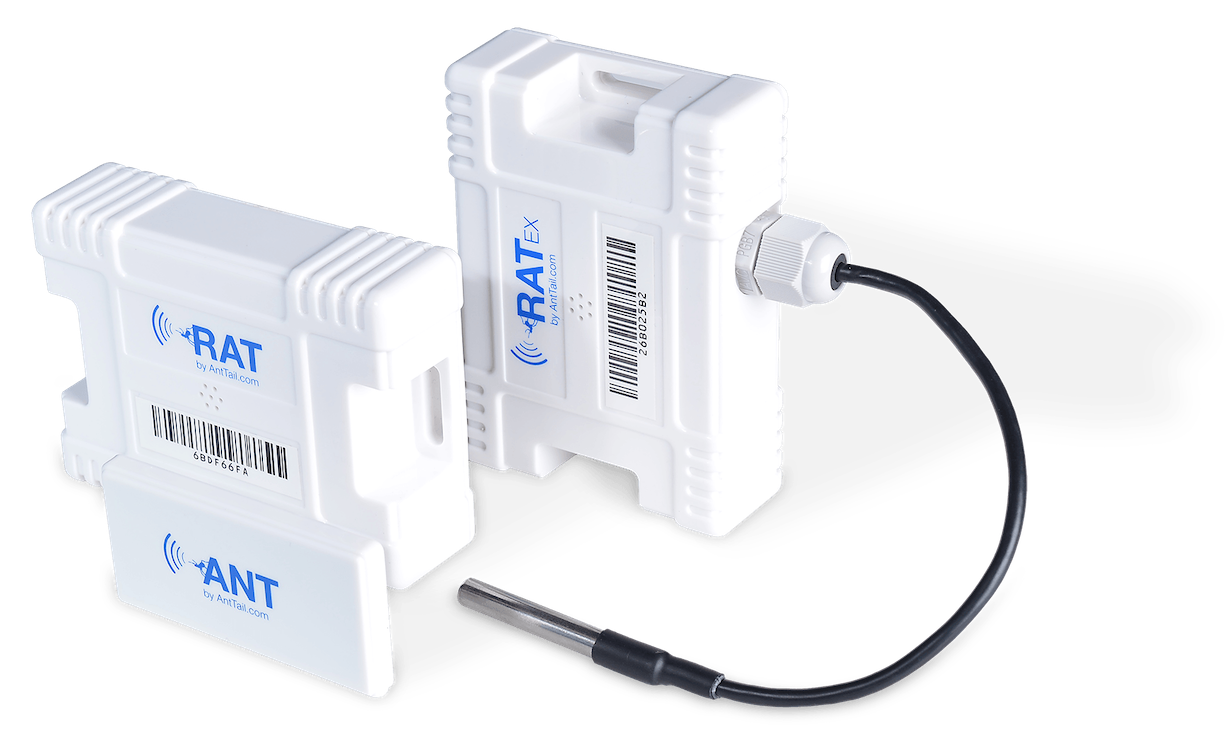Back to articles
AntTail: Hassle-Free Temperature & Integrity Monitoring for Pharma

Nordic chips are at the heart of a Bluetooth solution for seamless temperature monitoring and anti-counterfeiting solution for the pharma and medical industries.
AntTail is an early adopters of IoT into products and services for the pharma and medical industries. They design and develop products that monitor and track the origin and temperature of medicine throughout its long journey from manufacturer to final customer.
The size of the global counterfeit drug market is estimated to have reached between $75 and $200 billion. This means that as much as 10% of all medicines are fake. In developing countries, that figure rises to almost half.
We sat down with AntTail’s Mark Roemers to hear about the company, their story and their products.
What’s the problem you’re looking to solve?
An average medical shipment involves 18 handovers between the manufacturer and patient. That means there’s a lot of potential for things to go wrong, so only a fully transparent supply chain can safeguard product quality and prevent counterfeiting.
How are you solving the problem?
We have designed a secure infrastructure to send encrypted messages from wireless sensors. The content doesn’t matter—it could be temperature data, changes in light conditions—and it’s all encrypted. The mobile app, gateway, or whatever is in between, simply forwards the encrypted message to the server, which has the decryption key for each specific sensor.

We have a smaller temperature sensor (ANT) designed to be placed inside a box or an SKU type of packaging, and a larger one (RAT) designed for use in a more rugged environment, such as inside a large container. The RAT sensors also work well in cold storage at pharmacies, for example. Our customers like them for the 8-year battery life, and the fact they don’t need to do any calibration or adjustments to get the automated reports.
Every sensor is like a remote database. Even the smaller ANT sensor has about 24 months of memory, so it runs out of battery before it runs out of memory. If the customer loses a week or even more of connectivity, the sensor simply starts sending the data automatically when it’s reconnected.
How did the development process start?
We knew what the market wanted, as we had previously developed a proprietary solution for a customer. We wanted to explore the energy-efficiency possibilities with Bluetooth. The question was, could we achieve something similar using the standard Bluetooth low energy specifications? Furthermore, the sensors should work ad-hoc and connect automatically to any gateway or mobile app, without manual pairing or coupling.
We made a study, the basic simple stuff, but then ran into many questions such as if and how we could put a time sync protocol in place.
We were also keen to understand how to prevent sensor hijacking from man-in-the-middle attacks. We continued the study looking at these questions and came up with a stable solution. Everything is stateless now, so it doesn’t matter when and if a BLE connection is lost, eventually all sensor data is captured and stored in our server.
What were the biggest hurdles during development?
It’s not so hard to pack a sensor full of functionality. But to do that and have it run for many months was a real challenge. We ended up with a responsive, energy-efficient solution that lasts for up to 18 months on a single coin cell battery in the ANT.
The responsiveness is really important. Making something that logs the temperature every 5 minutes is one thing, but our solution gets you a month of data—about 9,000 data points—within 30 seconds when you scan the sensor with a mobile app.
Why did you choose Nordic?
We actually used Nordic for the initial proprietary solution so we didn’t have to change the chips. We just loaded the Bluetooth stack and started to implement. It was pretty straightforward—after we defined the clever and secure architecture—to get it done. The reasons we chose Nordic to begin with were energy-efficiency and stability.
Anything else you’d like to highlight?
Mendix provides the framework for our apps. It’s a low-code product that eases and speeds up the creation of portals and mobile apps. Our Mendix app retrieves and adds context to the data from our AWS servers.
What’s next for AntTail?
Our focus now is to roll out beyond the Netherlands. The solutions are really taking off in our home market, but they can work almost anywhere in the world. We’ve had enquiries from the USA, Australia, Japan and elsewhere in the EU, so we are looking at forming partnerships in those areas.
Find out more about AntTail’s products and services at AntTail.com


